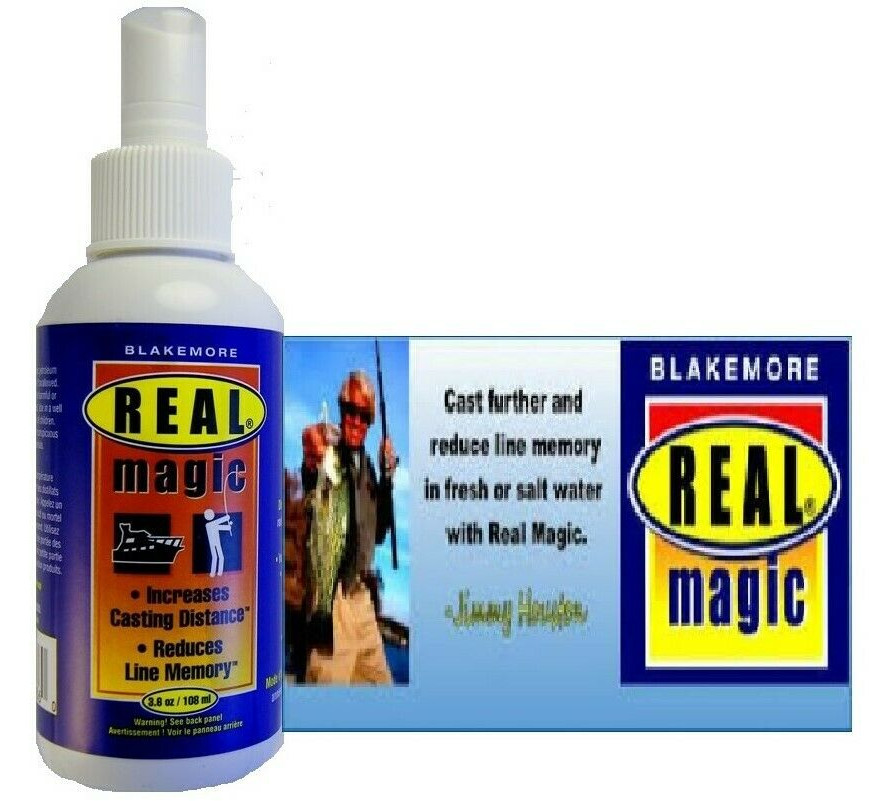Fishermen Needs
NINE TECHNIQUE SPECIFIC JIGS EVERY SERIOUS BASS FISHERMAN NEEDS

In our first lure-centric article of 2018, we will probably ruffle some feathers as we explore a topic that ranks near the top of asked questions of our Fishermen’s Heaven customer service staff, especially from those anglers looking to take their bass fishing to the next level. That question; “Why are there so many %$#@!%^&*@#, (you fill in the blank) different types of jigs and do I really need all of them in every weight and color?” As a fishing tackle retailer, we would love to tell you a simple, YES, but as fishermen also, we know better. What we can tell you is the one mistake we do consistently see with all fishermen, from weekend novices to touring pros, when thinking of fishing with a jig, is the misnomer that just one style can cover all their needs. With today’s myriad of jig style options available, and seemingly just as diverse an array of structure and cover options to fish them in and around, you as a fisherman no longer need to be “lost” when trying to pick.
Here is an easy to understand primer on NINE styles of technique-specific jigs every serious bass fisherman needs to have in their tackle box:
1.JIGS for WOOD
Jigs designed for fishing wood; i.e, logs, laydowns, standing timber, sunken brushpiles as well as beaver huts, need a compact head shape with a recessed line tie that allows it to come through branches without getting hung up, and they should always have a stiff fiber brush guard with a heavy gauge 60-degree hook. Rattles should be removeable to give you the option depending on water clarity and density of cover.
Since flipping or short underhand casts are how you will fish jigs in wood, look to make as silent an entry as possible, letting the jig fall vertically, with just a hop or two, before pitching to your next targeted portion of the wood cover. The speed at which a jig falls through wood is critical so vary weights accordingly, remembering that the more compact the whole jig setup, including skirt and trailer, the faster it will sink. Typical wood jigs vary in size from 1/4oz up to 3/4oz. We think the best ones for this specific fishing technique are either the All-Terrain Rattling A.T. Wood Jig or Strike Kings Hack Attack Cover Jig.

2.JIGS for SKIPPING DOCKS
Different from those designed for wood, this style of jig has a head shape with a flatter underside built to skim across the water’s surface with far greater efficiency, allowing you to better skip under docks, overhanging limbs and into pontoon boat float chutes. They also have a different eye placement that allows for better load in the skip casting process. In addition, most of the better jigs built for skipping have hand tied skirts as well as trailer locking screws so they stay in place from all the wear and tear of this style of repetitive skip impacted casting.Two tips here to make your jig dock skipping better, use heavier line which the water lake surface doesn’t “grab” as easy on the skipping action, and use a more flat-bottomed trailer with less appendages like the Missile D-Bomb or Strike King Rage Tail Chunk. Typical dock skipping jigs vary in size from 1/8oz up to 3/8oz. We think the best ones for this specific fishing technique are the Tour Grade Dock Skipping Jig by Strike King or the All-Terrain Tackle Skip-n-Jig.


3.JIGS for GRASS
These jigs should have a unique cone shaped head with an embedded line tie eye to ensure that they penetrate the weeds better without grass getting stuck on the jig.Grass jigs are ideally meant to fish through hydrilla, milfoil, cabbage, pepper and eel grass as well as lily pads, cattails and tule bulrushes, so solid fiber multi strand weed guards that help repel weeds are a must. Typically, fishing jigs in the “salad” means you’re going to catch bigger fish so you need a grass jig with a stouter gauge wire hook. Your strikes are more reaction based than related to feeding, so rattles built into the jig help the bass home in for the attack. Grass jig soft plastic trailers should be compact and not have appendages, which would snag on vegetation. By far, the very best jig out there for this type of fishing is the All-Terrain Tackle Grassmaster Weed jig, available in sizes ranging from 1/4oz up to 1.5oz.

4.JIGS for ROCK
The last subset of cover related technique specific jigs are ones meant to be fished in and over rock, and for this nothing beats a correctly built football jig. Since it is most likely a bait presentation where you are drag crawling it over anything from pea gravel flats to pebble or boulder strewn points, it is critical that the hook be a 60 degree with a horizontal eye, not vertical, which would cause it to rollover and snag. If you are dealing with stumps or brush, go with a version that has a brushguard, like the Strike King Tour Grade Football jig, otherwise opt for one without, since bass will be attacking this style jig offering downwards, pinning it, and you want as much hook exposed for a good hookset. For soft plastic trailers, opt for ones that best mimic the crawdads in your area. You can’t beat a Strike King RGCRW Rage Tail or a Gary Yamamoto 3FS-07 Fat Baby Craw for this. As a collective staff, we have probably caught more quality fish and won more money on the simple combination of an All-Terrain Tackle non-skirted Football Rock jig with a weedless texposed Gary Yamamoto 97-10 Hula Grub than any other lure combination ever.


5.SWIM
Swimming a jig is exactly that, the concept of using a jig where you might use aspinner bait or lipless crankbait. It works deep, scraping the bottom or shallow at the surface over weeds or mid-range in open water current and is designed with a conical bullet shad shaped head to come through grass and wood. A good retrieve tip is to shake the rod tip constantly while reeling. The ideal makeup of a swim jig is that it should have a lighter weed guard and a needle sharp thinner wire hook, with a smaller weight head that has built-in eyes for the bass to key in on as you swim it. More than any other jig presentation, having the ideal soft plastic trailer is just as critical of a component to this technique specific presentation. We like the Yamamoto 40-20 grub or the Strike King Rage Single Tail Grub (RGGRUB) or Double Tail Menace Grub (RGTTMG). Swimbaits work equally as well as do other soft plastic creatures with lots of action.





6.FINESSE
When a subtler, smaller jig presentation is needed, bass fishermen the world around turn to some version of a finesse jig. They excel when fishing heavy tournament pressured waters, smaller rivers and streams, cooler water conditions or during mile high blue sky post cold fronts periods. Most come with some version of a spider cut skirt as well as a thinner gauge light wire hook.
Rattles, if present, should be removeable and subtle in both size and sound. Sizes range from 1/16oz up to 1/4oz with compact heads, and are deadly paired with a small craw like the Gary Yamamoto 3S-10 version or the Strike King RGCHK Rage Chunk. For this style, we really like the All-Terrain Finesse Jig or the Strike King Bitsy Bug Mini Jig.


7.STRUCTURE
Built primarily for casting with a steady speed crawl retrieve and designed to provide maximum trailer bait movement during slow retrieves, this style comes with some version of a swinging jighead. Available in either a silent version like the Mark Davis Jointed Structure Head, perfect for covering hard bottom sparse of cover or a rattling version like the Strike King Rage Blade, ideal for grass. The latter version combines the best of two worlds in a jointed flipping jig with a bladed chatterbait style vibrating swim jig. The subtler finesse version of this style would be the Strike King Naked Rage Blade. Structure casting jigs that are jointed like these options provide better hook-up ratios and year-round versatility as you change trailers to match the seasonal aggressiveness of the fish.


8.PUNCH
Coming out of a necessity to better penetrate weed cover like water hyacinths, thick hydrilla and matted milfoil, punch style jigs have bullet-shaped heads and simple skirted sleek designs designed for plunging through thick tangled weeds. Typically, they are heavier in weight, in the range of 3/4oz up to 2oz, so often they are fabricated from tungsten to make them as compact as possible. This is combat fishing so gear up with heavy McCoy braided line and a long heavy action Kistler flipping rod. The cast is an upwards pitch to give it the downward angle and speed to penetrate, and since the bite is always reactionary, a couple quick twitches with no bite, and your pulling your punch jig setup out and flipping to your next target. Keep soft plastic trailers compact, appendagless and narrow to aid in sliding thru the thick weeds. We like the MBMC40 Missile Craw by John Crews or the Gary Yamamoto 92F-10 Fat Ika. For the actual punch jig, try the Strike King Slither Rig or the All-Terrain 1.5oz Punch Grassmaster Jig.

9.HAIR
While considered an “old school” technique-specific jig, hair jigs are ideal for colder water largemouth bass periods and anytime river smallmouth, producing some of the biggest fish in wintertime. Hair jigs are just that, jigs where the skirt is tied and fashioned from bucktail, rabbit, bear or a synthetic like maribou. Sometimes, mylar or feathers are added. In darker color patterns, like black/blue, orange/brown or olive green, they are primarily built to mimic crawfish while greys, blues and chartreuse, all with white underbellies, mimic baitfish and shad.
An all-black rabbit hair jig is an excellent leech imitation for northern bronzebacks. The benefit of a hair jig is that with minimal movement, and a natural, neutral retrieve style—often needed in late fall, winter or early springtime—they have a tremendous life-like action in the cooler water. They also hold scents well, which is another key tip, so try something like a FishSticks shad or crawfish for added attraction.
To sum up, when selecting the nine technique-specific jig styles every serious bass fisherman needs in their tackle box, we intentionally avoided getting in to another whole subcategory within jig fishing—that being jigheads. From round ball to internal tube to shakey head to aspirin, there are easily 25 or more versions, so this will be a topic in and of itself to look for us to cover in-depth in a future blog article.
For now, fill-in the gaps from the missing styles of jigs you don’t have represented in your tackle box, from the list above, dedicate some time on the water to understanding their presentational nuances and stick to practicing with them. Once you do, we will guarantee your quality of fish caught will dramatically increase, and you may very well end up catching your personal best “lunker of a lifetime”. Go get ‘em!


 Forward Facing Sonar Lures
Forward Facing Sonar Lures










